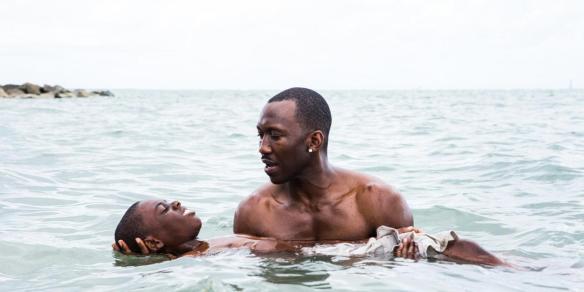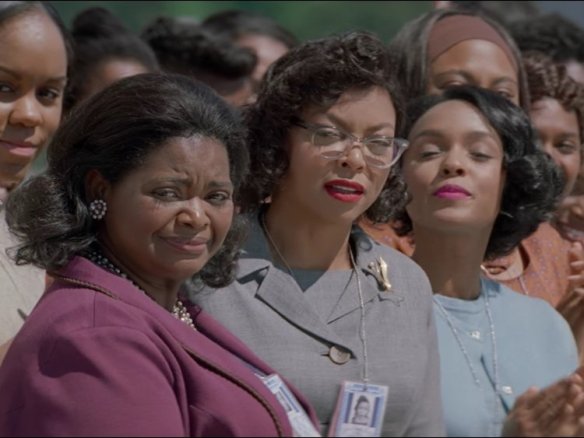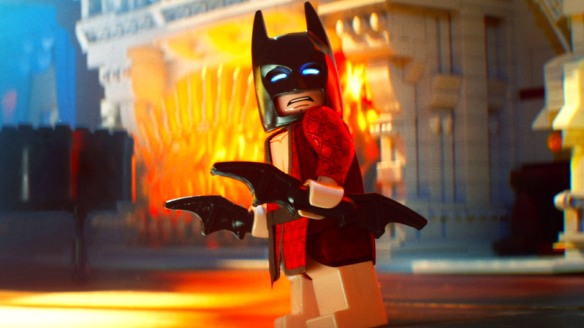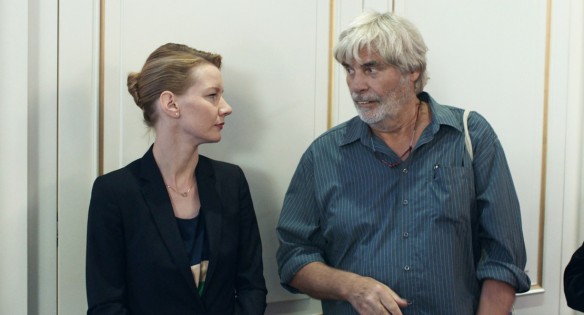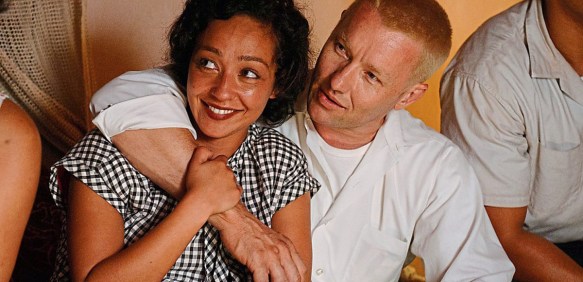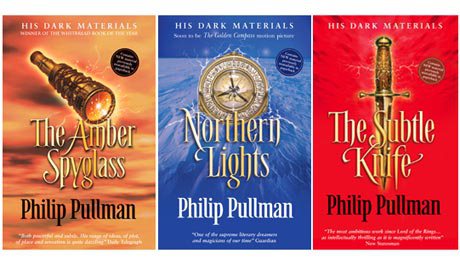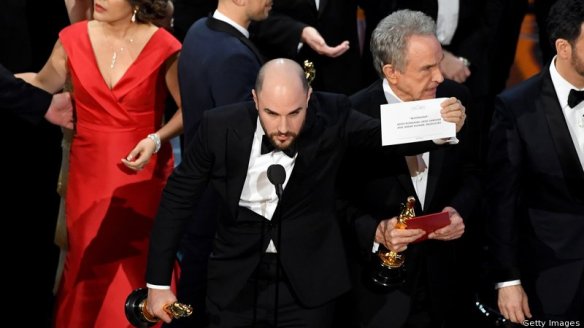
With the rather hilarious twist of having the wrong Best Picture read out, this year’s Oscars provided quite a shock when Moonlight was named the winner over La La Land. I must admit I didn’t see that coming, although many of my other predictions were correct. I have now seen all the Best Picture nominees with the exception of Fences, which I will watch later this week. Here then are my thoughts on the main winners.
Best Picture: Moonlight – I admire rather than like Moonlight, but I loved La La Land. Quite honestly I would have preferred that to win.
Best Actress: Emma Stone (La La Land) – I’d have preferred Natalie Portman to win for Jackie, but I am a huge fan of Emma Stone and she did give a wonderful performance.
Best Actor: Casey Affleck (Manchester by the Sea) – A well-deserved win, although my favourite Casey Affleck role is still his turn in The Assassination of Jesse James by the Coward Robert Ford.
Best Supporting Actress: Viola Davis (Fences) – I have yet to see Fences, but from what I understand this was also a well-deserved win.
Best Supporting Actor: Mahershala Ali (Moonlight) – I can’t really argue with this one either. Ali was terrific in Moonlight.
Best Director: Damien Chazelle (La La Land) – Again, a deserving win. Chazelle beautifully evoked 1950s musicals whilst creating something invigorating and dynamic in its own right.
Best Original Screenplay: Manchester by the Sea (Kenneth Lonergan) – Of the nominees, a well-deserved win.
Best Adapted Screenplay: Moonlight (Barry Jenkins and Tarell Alvin McCraney) – I’d have given this to Love & Friendship (not nominated). Or Hunt for the Wilderpeople (not nominated). Of the nominees, I’d have chosen Arrival. So nope, not happy.
Best Original Score: La La Land (Justin Hurwitz) – This was always going to go to La La Land, but having seen Jackie, part of me wishes Mica Levi won instead.
Best Original Song: La La Land (City of Stars by Justin Hurwitz, Benj Pasek and Justin Paul) – Again, this was always going to be La La Land and it’s hard to disagree.
Best Cinematography: La La Land (Linus Sandgren) – With its clever use of Cinemascope aspect ratio, evoking the musicals of yesteryear, this was another well-deserved win.
Best Foreign Language film: The Salesman (Iran) – OK, controversy time. I have not yet seen The Salesman but this is clearly a political choice, since the film’s director, Asghar Farhadi, refused to come to the US on account of Trump’s recent policies. To be clear, I do like Farhadi, especially A Separation (which also won an Oscar) and The Past, but my suspicion is the hilarious German film Toni Erdmann should have beaten the other nominees. However, to really grind my axe, what should have beaten everything in this category hands-down (indeed, it should have had a Best Picture nomination) is Babak Anvari’s genuinely extraordinary Under the Shadow. But genre snobbery still holds sway in the Academy when it comes to horror films.
Best Editing: Hacksaw Ridge: John Gilbert – Of the nominees, I would have chosen La La Land, particularly for the dazzling, alternative-reality section in the final act. Or Arrival. Or maybe even Moonlight. But Hacksaw Ridge was well edited too.
Best Sound Editing: Arrival (Sylvain Bellemare) – A fine choice.
Best Sound Mixing: Hacksaw Ridge (Kevin O’Connell, Andy Wright, Robert Mackenzie and Peter Grace) – Also a fine choice, though I’d have gone with Arrival.
Best Production Design: La La Land (David Wasco and Sandy Reynolds-Wasco) – Another good choice, although I think I would have preferred Arrival to get this too.
Best Animated Feature: Zootopia – No. No. No. Zootopia (or Zootropolis depending on where you live in the world) was good but not great. Of the nominees, Kubo and the Two Strings was the stand-out. However, it is nothing less than criminal that the staggeringly beautiful Japanese anime Your Name was not nominated here, as it was by far the greatest animated film of last year, and would have won this award if there were any justice in the world.
Best Visual Effects: The Jungle Book (Robert Legato, Adam Valdez, Andrew R Jones and Dan Lemmon) – Some might have preferred Rogue One given its controversial decision to bring Peter Cushing back from the dead but I think The Jungle Book was the right choice.
That’s it from me on the 2017 Oscars. I look forward to grinding my axe again next year.

